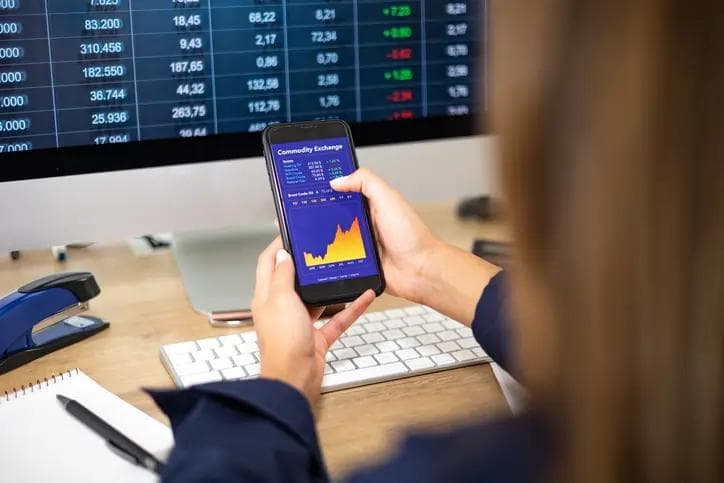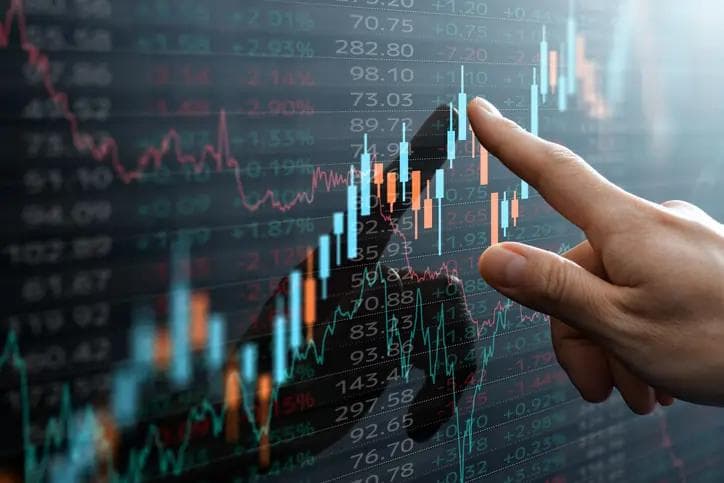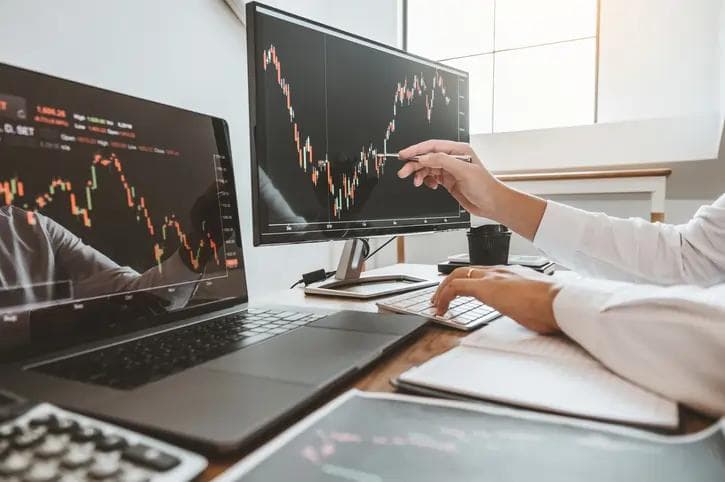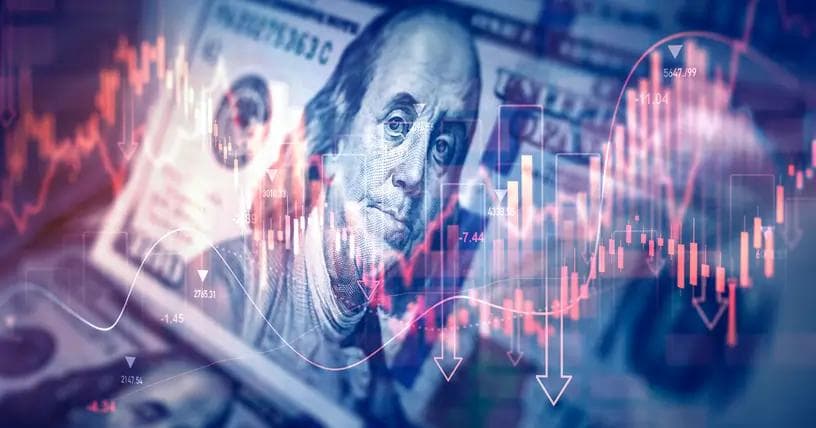Kurush Mistry's Guide To Alternative Data in Oil Analysis
Kurush Mistry's Guide To Alternative Data in Oil Analysis
Published by Wanda Rich
Posted on March 31, 2025
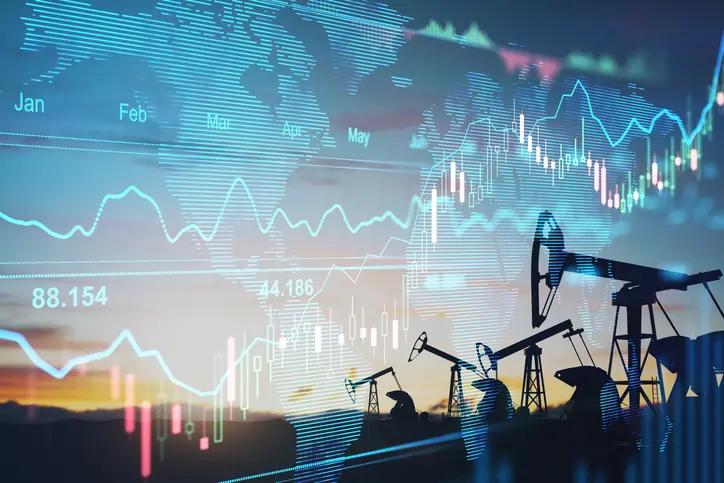
Published by Wanda Rich
Posted on March 31, 2025

When the COVID-19 pandemic sent shockwaves through global markets in early 2020, oil analysts faced an unprecedented challenge. Traditional forecasting models built on historical patterns suddenly became obsolete as lockdowns halted transportation, shuttered businesses, and dramatically altered consumption patterns. In this moment of extreme uncertainty, veteran oil analyst Kurush Mistry and his peers were forced to adapt quickly, turning to alternative data sources to make sense of a rapidly changing landscape.
The Alternative Data Revolution
"There's been a lot more alternative data, partly because of the availability of new technology — satellites, big data, and the ability of companies or providers to process it," Mistry explains. While these technologies existed before the pandemic, COVID-19 accelerated their adoption and integration into mainstream analysis.
"The real impetus came from when we were in the immediate aftermath of the outbreak," he recalls. "At that point, many of the traditional ways of looking at things had to be put aside for a bit because many things were just so out of whack, so we had to rely on things which we hadn't in the past."
These alternative data sources provided vital insights when conventional indicators failed. Among the most valuable were:
Mobility Data
Google's mobility reports, which tracked movement patterns across different location categories, offered real-time insights into transportation fuel demand. "Looking at, for example, the mobility data that Google used to publish... unfortunately they don't anymore," Mistry notes, highlighting one of the resources that became crucial during the early pandemic.
As lockdowns eased and movement patterns changed, these mobility indicators helped analysts understand the recovery trajectory for gasoline and diesel demand, information that was particularly valuable given the unprecedented nature of the situation.
Satellite Imagery for Inventory Monitoring
Satellite technology enabled analysts to literally gain a bird's-eye view of global oil storage. "Looking at monitoring more closely inventory levels that were generated by satellite imagery," Mistry explains, became essential for tracking the massive buildup of oil stocks as demand plummeted but production continued.
These satellite observations provided more timely and comprehensive inventory data than traditional reports, allowing analysts to spot trends before they appeared in official statistics.
Flight Data for Jet Fuel Insights
The aviation sector experienced perhaps the most dramatic disruption during the pandemic, with global air travel nearly grinding to a halt. Traditional models for jet fuel demand became meaningless overnight.
"Even things like flight schedules — typically we would've looked at jet fuel demand as sort of alright, moving along, up, down a little bit based on economic growth, travel trends, et cetera. But then it's gone down to such low levels, how do we figure out if and when it's coming back?" Mistry recalls. Tracking actual flights and forward schedules became a critical tool for understanding the devastated jet fuel market.
From Crisis Tool to Standard Practice
What began as emergency measures have since become standard components of the oil analyst's toolkit. “Information that already existed became much more valuable during that period," Mistry notes. "Having recognized its worth, people continue using this information — not necessarily to predict such dramatic shifts, since hopefully we won't face similar changes in the future, but rather to refine their models for greater accuracy."
As alternative data has become more widely available, the competitive advantage once held by companies with proprietary information networks has diminished. "Now a lot of the data is more broadly available to any market participant that's willing to pay for it," Mistry notes. "Therefore certain companies who relied more on their physical infrastructure and the amount of flow that they actually did themselves or saw to glean relevant information for their trading, arguably the utility of that has decreased slightly."
This leveling of the information playing field has accelerated market reactions. "The market reacts much quicker to any shock or any change," Mistry explains. "And therefore as analysts, those things are very quickly priced in. You have to dig deeper and try and find more creative or interesting things to explore and to possibly identify profitable trading opportunities."
The proliferation of alternative data has essentially raised the bar for what constitutes valuable analysis. Basic information that was once difficult to obtain is now readily accessible, forcing analysts to work harder to find unique insights.
The Global Perspective
Another critical dimension of alternative data in oil analysis is its global reach. As production and consumption patterns have shifted globally — with the US becoming the world's largest oil producer and refining growth concentrated in the Middle East, India, and China — a comprehensive approach has become essential.
"You have to have a much more global view," Mistry emphasizes. "Your models have to be global, but to get the best information, hopefully you have colleagues or contacts in different locations around the world, and you can ask them questions about things that are not clear or get some interesting tidbits of information that you can incorporate into your models to make them more accurate and also more integrated."
Explore more articles in the Trading category

